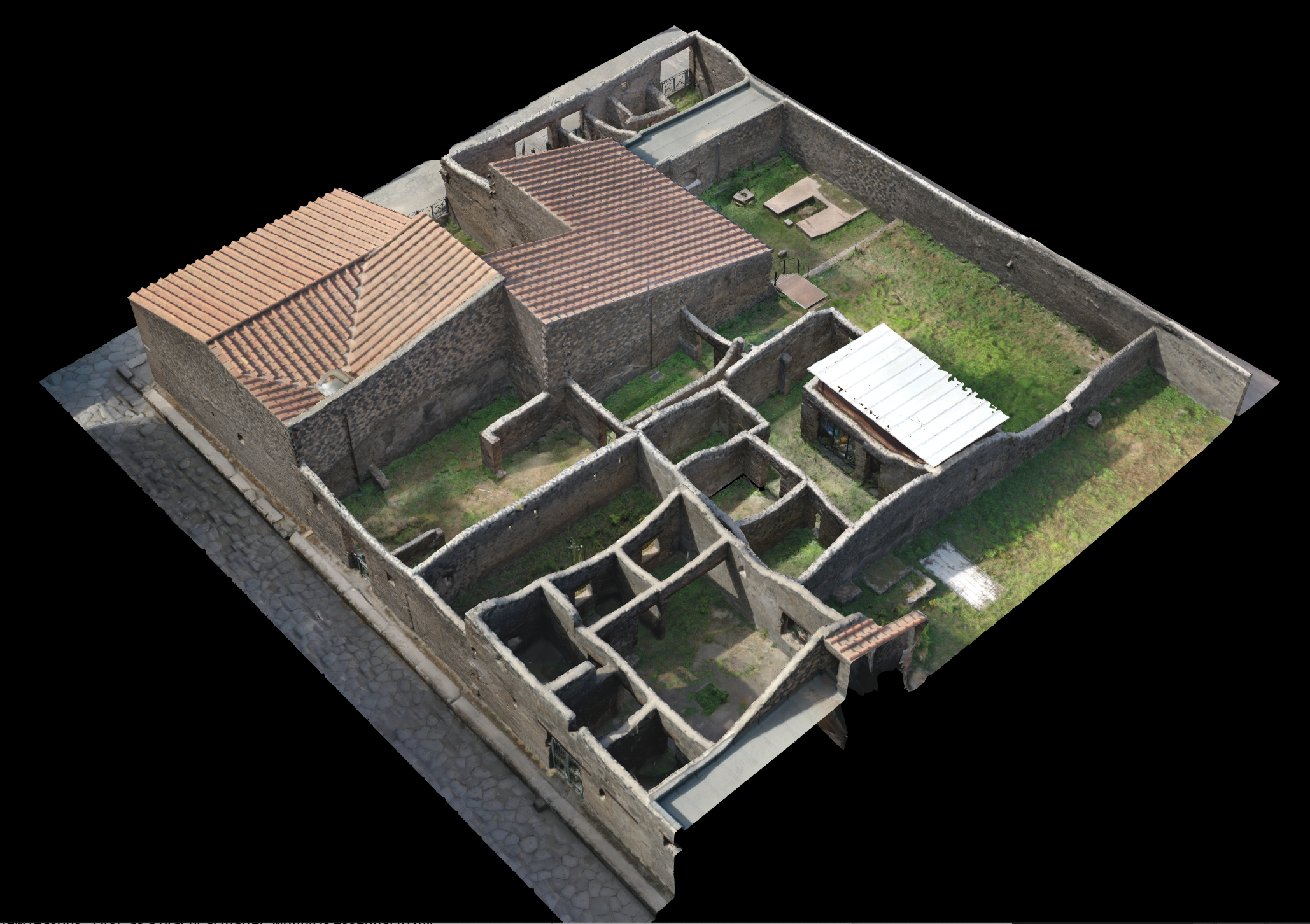
From start to finish, an excavation season on Tulane University’s Pompeii I.14 Project takes precisely five weeks: 24 days for digging and recording below the floors of the Roman city, followed by one day to refill all the trenches, re-establishing the original floor level and making the site once again safe for the millions of tourists who visit each year. The success of that short period, however, is made possible by work across the entire year. As project director, I spend the fall writing reports and coordinating publication of the preceding season, as well as applying for the necessary funding to secure our work for another year. In the spring, I finalize the staff — approximately 40 professional archaeologists, graduate students, and undergraduates from Tulane and other institutions — and coordinate logistics that range from where we will open new trenches, to how we can most effectively incorporate emerging technologies, to which local deli will deliver the most nutritious lunches to the work site. As the spring semester winds down, the project launches into high gear, with everyone convening in the small modern town alongside the ruins that becomes our home for almost two months.
The Pompeii I.14 Project is a collaboration between Tulane and the Archaeological Park of Pompeii, conducted under the purview of the Italian Ministry of Culture. We focus on reconstructing the lives of the city’s lower classes, which included a significant enslaved workforce. We are excavating a building complex located near the ancient amphitheater, with hopes to expand to the larger neighborhood in coming years. When Pompeii was destroyed by the volcano Mt. Vesuvius in 79 CE, our site — in the city block labeled by the modern address system as Region 1, Insula 14 — was used for various commercial and industrial functions with, by Roman standards, a decidedly low-status bent. In the first two years of the project, we’ve identified businesses such as sit-down and carry-away dining establishments, a variety of shops, and a workshop manufacturing reed mats and baskets. By digging below the floors of the eruption phase we are able to piece together life in the centuries preceding the disaster. Pompeii, after all, existed as a city for nearly 700 years before the eruption, and the plateau on which it is located was inhabited centuries before that.
The lower classes are always more difficult to access archaeologically than the elite. Not only did non-elites own fewer objects, but also their belongings were more likely to be made of materials that do not survive over time, such as wood, leather, fabric, and wicker. Our approach, therefore, brings together interdisciplinary, humanistic research with the sciences and cutting-edge technologies to recover as much information as possible from the excavation site. The data we collect varies widely, from the large-scale construction history encoded in the building’s walls and floors to stories told by small-scale artifacts — from the broken bits of ceramics, metal, and glass that we recover and study by the thousands each year, to the remains of food scraps less than a millimeter in size. Undertaking such a detailed analysis can reveal incredible insights; the recent find of a black peppercorn within a cesspit associated with the restaurant, for example, reveals that the food served there included expensive flavorings, suggesting a menu far from the simple breads and gruels long imagined to sustain the Roman masses. Grown on the western coast of India, the peppercorn likewise attests to the massive and cosmopolitan trade network in which Pompeii’s residents participated.
In addition to our research goals, we aim for the project to contribute to a more just future for Mediterranean archaeology, which remains among the least inclusive of liberal arts disciplines due especially to the high costs of travel for fieldwork. Our team includes undergraduate excavators from Tulane and other universities, whom we select via a competitive application and interview process. A recent study has shown that archaeological fieldwork in the Mediterranean costs an average of $5,000–6,000 a summer for an undergraduate, a price that immediately limits participation. Much of my effort throughout the year, therefore, is spent securing funding for the team’s living expenses, allowing a diverse group of students to participate at no or very little cost. Thus far, the work has been supported by a range of grants from Tulane—the Lavin Bernick Faculty Research Grant, COR Research Fellowship, School of Liberal Arts Faculty Fellowship, Mellon Assistant Professor Grant, and the Ernest Henry Riedel Fund in Classical Studies, as well as external grants from the Loeb Classical Library Foundation and the Rust Family Foundation. I am currently applying for larger governmental grants and am interested in collaborating also with private patrons.
My work in Pompeii is often met with surprise; research at the site has been ongoing for nearly 250 years, and many think the city must have given up its secrets long ago. That idea could not be further from the truth. Pompeii represents a unique archaeological laboratory, offering a range of data simply unmatched by any other Roman city. As long as we continue approaching it with new questions, new methods, and new perspectives, there will be no limit to what it can teach us about our shared human past.
Discover more about the Pompeii I.14 Project
Explore a virtual rendering of the Pompeii site using this multimedia tool:
Listen to Professor Allison Emmerson discuss the last regular day in Pompeii on the HISTORY This Week podcast:
Watch archeologists prepare for a day of excavating at the Pompeii site:

